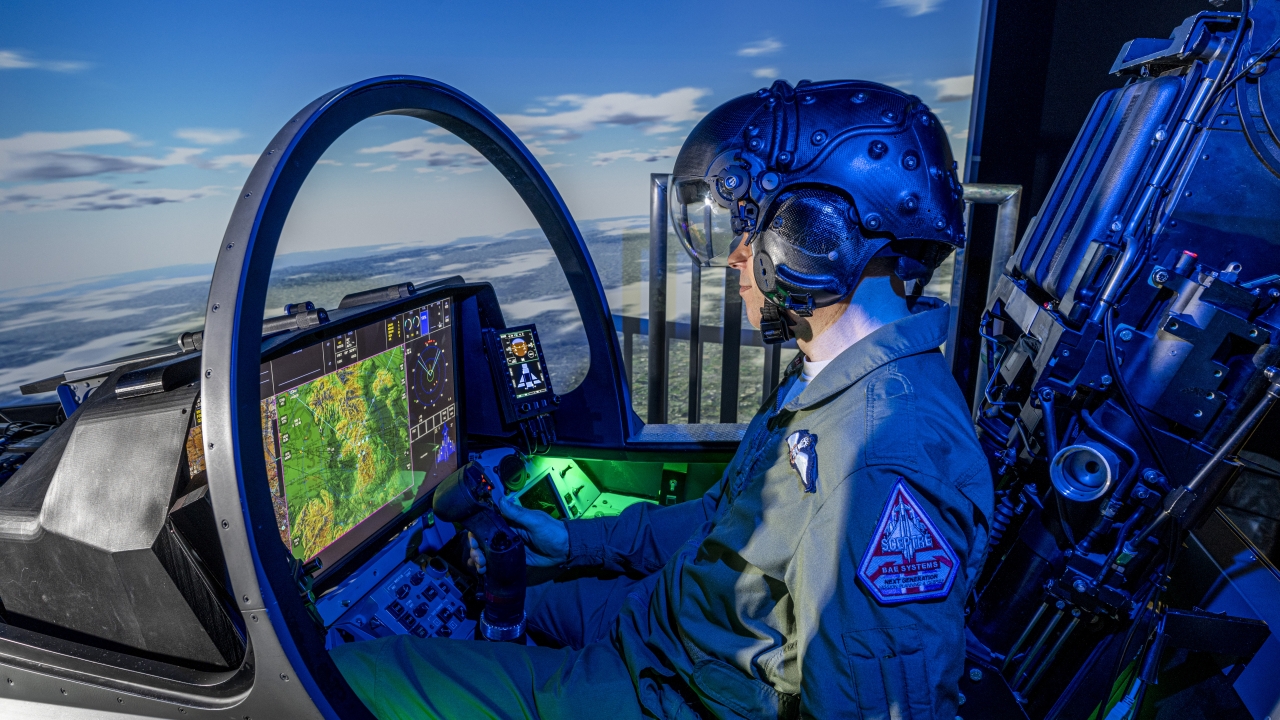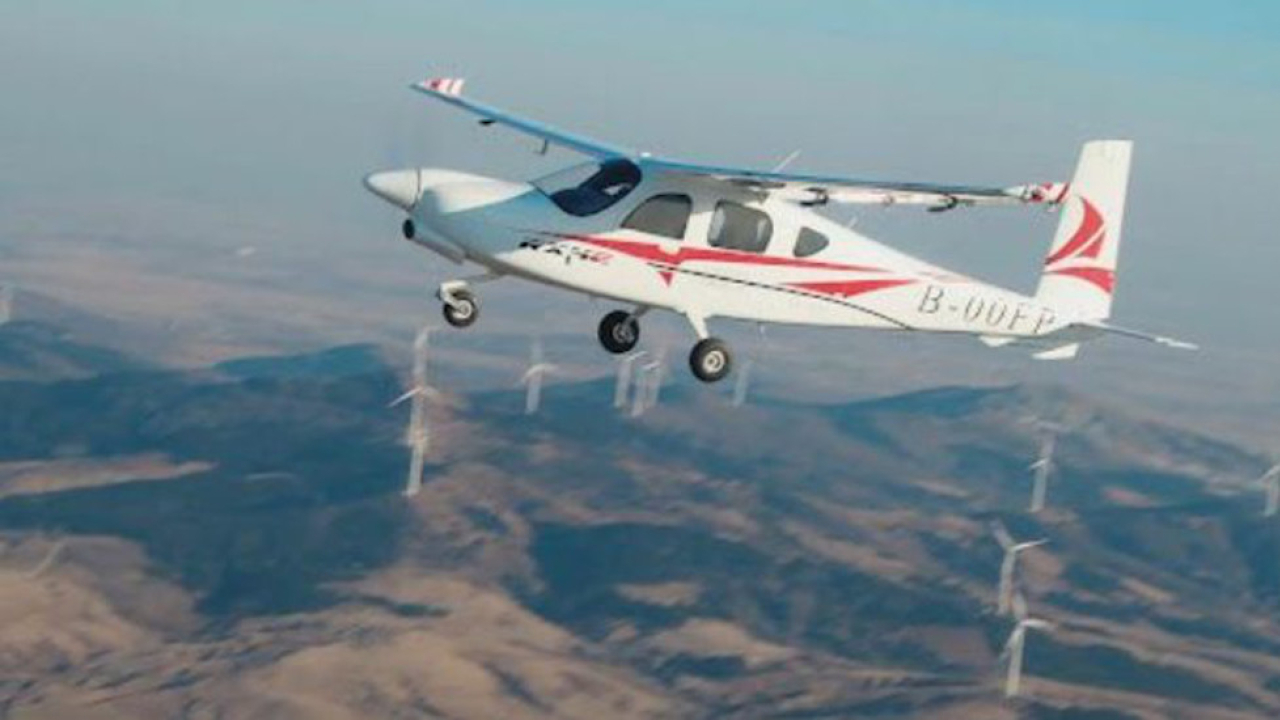WDS: UK moves in on new Saudi Typhoon order
The collision of a number of factors appears to have set the scene for the resuscitation of a long moribund Saudi Typhoon order.

Andrew Mallery-Blythe, wearing a Striker II helmet. Image: BAE Systems
Since Saudi Arabia’s initial acquisition of 72 Eurofighter Typhoons, delivered between June 2009 and June 2017, there has always been the expectation of further orders of up to 96 more Typhoons.
Finally, obstacles to a deal have started to melt away.
Many blamed a German block on arms exports to Saudi Arabia, imposed in 2018, for the impasse. Such a block was significant, as though any Saudi Typhoons would come from the British final assembly line, parts and components are manufactured in all four Eurofighter partner nations: the UK, Germany, Italy and Spain.
High level lobbying failed to change German government policy on the issue.
But industry and UK Ministry of Defence (MoD) insiders reported that the German block had been just one factor in halting the planned deal, and that the RSAF was ‘holding out’ for a Typhoon with the cutting edge ECRS.Mk 2 AESA radar and a large area display (LAD) in the cockpit.
Negotiators reportedly insisted on having the same configuration as RAF Typhoons, to ensure that the RSAF was not left operating an ‘orphan’ variant. It was thus the slow progress with the ECRS.Mk 2, as well as the German block on Typhoon exports, that was responsible for the stalemate.
Reports of "discussions" between Dassault Aviation and Saudi Arabia about a potential sale of the Rafale fighter to Saudi Arabia, briefed by Sebastien Lecornu, France’s minister of the armed forces, on 23 October, may have had an impact.
It remains unclear whether there was a genuine interest in acquiring the Rafale, or whether this was intended as a means of applying pressure on the UK and the Eurofighter consortium. Either way, obstacles to the Saudi Typhoon deal have started to melt away.
On 1 November, BAE Systems installed the first ECRS.Mk 2 prototype radar in a Typhoon test aircraft, after months of testing in its ‘roof lab’ facility, demonstrating real progress and the maturity of the new active electronically scanned array radar.
The new ECRS.Mk 2 radar has an innovative repositioner which gives an unmatched ‘field of regard’, and a wideband multifunction array that provides unequalled passive detection and electronic attack capabilities against airborne targets and surface emitters. This makes the ECRS.Mk 2-equipped Typhoon a formidable force multiplier, and is effectively “putting a fifth generation sensor on Typhoon,” says Andrew ‘Blyty’ Mallery Blythe, BAE Systems’ Typhoon operational requirements manager.
The new radar represents the tip of the iceberg. Under the so-called Medulla project, BAE Systems is already running its new unified mission computer on a test rig, with a LAD, a Striker II helmet integrated, and with the ability to integrate new software apps. The Medulla processing architecture promises to allow BAE to update mission data in flight through datalinks.
And on 7 January, German foreign minister Annalena Baerbock announced the decision to drop the German export block, explaining that the new policy had been motivated by Saudi Arabia’s constructive position towards Israel following the Hamas attack on 7 October, including the interception of missiles launched at Israel by Houthi forces in Yemen.
There is a quiet optimism that the RSAF might soon be operating an advanced new Typhoon variant. Paul 'Mufti' Smith, BAE Systems’ head of business development, European campaigns, said: “The Royal Saudi Air Force is operationally experienced and has good mixed force capabilities.
“I think the journey they've been on in terms of electronic warfare, mission data expertise and all of that background development has meant that they've been successful with Typhoon against tricky, difficult air targets, including little UAVs... And the experience they've had so far in Typhoon sets them up nicely to make that bridge into Fifth Gen sensors.”
Stay up to date
Subscribe to the free Times Aerospace newsletter and receive the latest content every week. We'll never share your email address.

